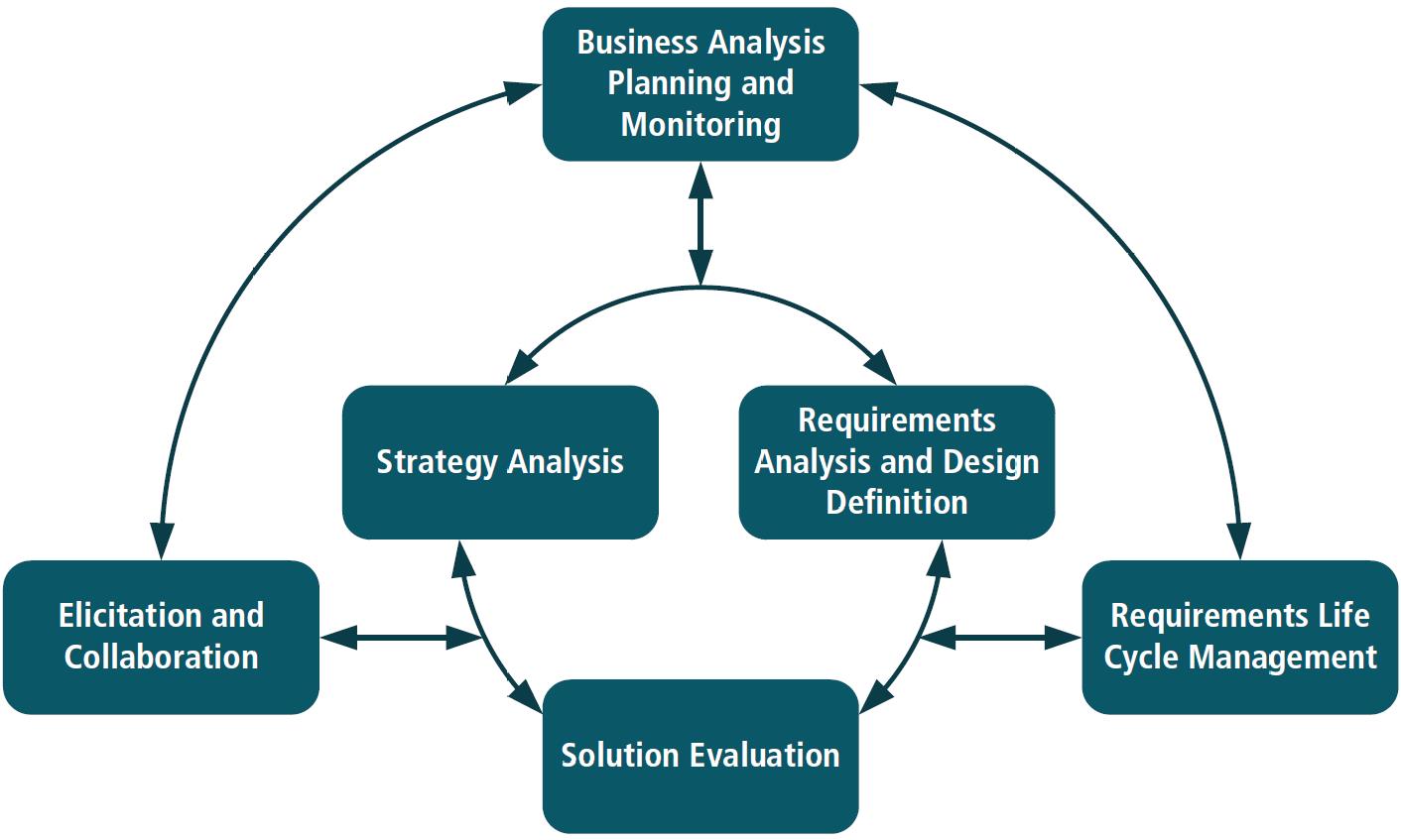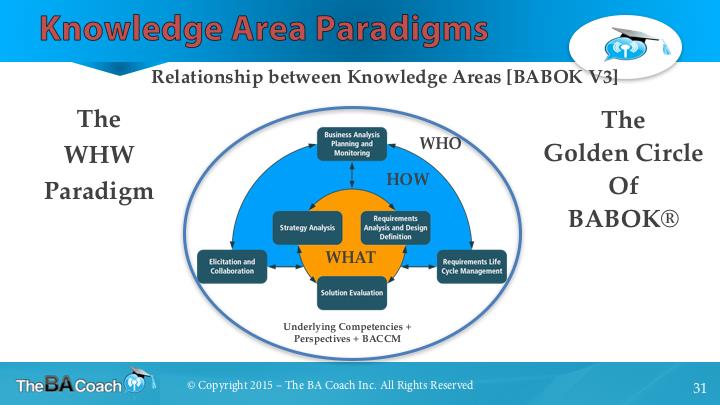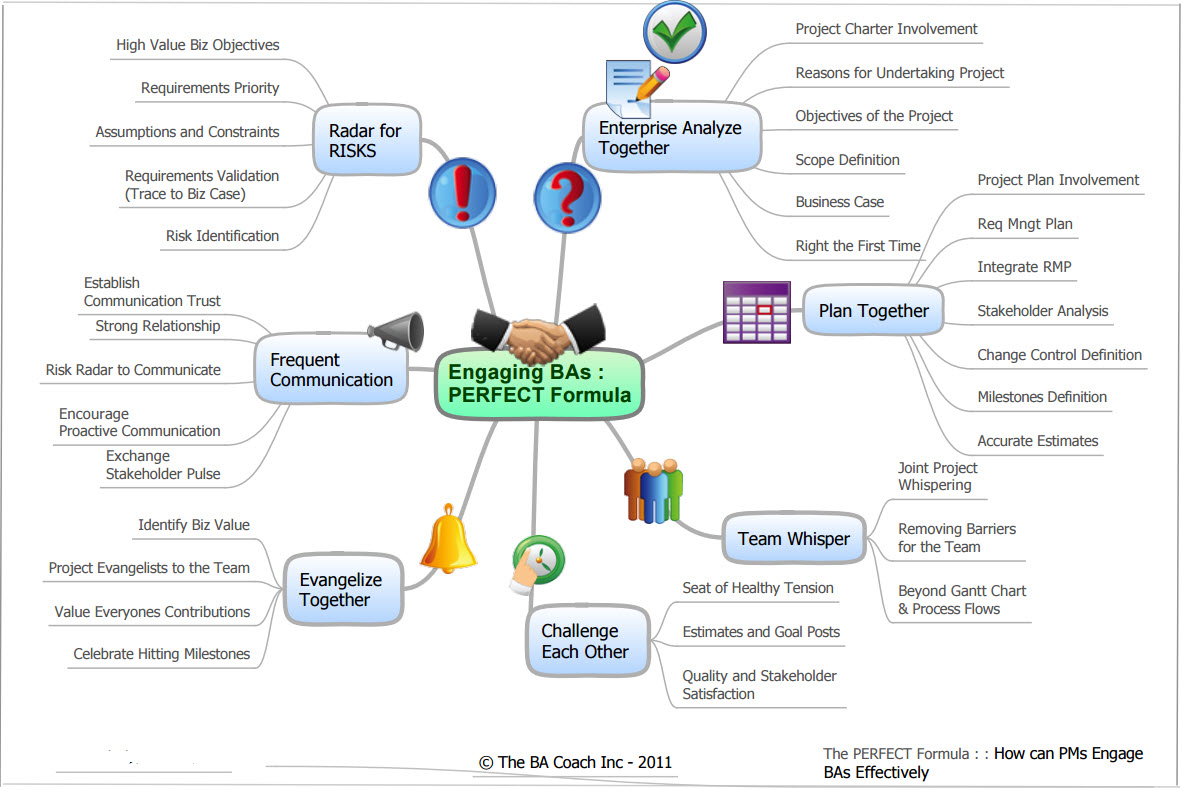“Are you kidding me, Yamo?” If that was one of the first thoughts that came to your mind when you saw this post, I wouldn’t be surprised.
A few business analysts think that the BABOK® is a dry read. It may be for various reasons, and we will explore a few of them and what to do about it by diving into five ways to make the BOK talk to you. The latest edition of the BABOK® is version 3 and adds new elements to how you could leverage it as a practitioner.
After all, BABOK® is about showcasing a disciplined approach and framework to help businesses change effectively. And anything that entails discipline is not necessarily a gripping Star Wars trilogy that will get you hooked from the first word to the last.
So, why do you think BABOK® comes about as a dry read?
There are a few aspects of BABOK® that make the readers miss a few essential elements. For example, not being able to relate to a few tasks, detailed explanations of a few tasks that you “think” that you never did, or just the overwhelming feeling that you have to remember too much.
Reading and getting hooked to the BOK is an acquired taste. If you have ever had the experience of trying sushi for the first time (you know the very thought of eating raw or semi-cooked fish can be a big turnoff) and transitioning from anxiety to eagerly looking forward to eating it – you will know exactly what I mean.
In this post, I would like to share five ways in which you can make the BABOK® really interesting to read as a practitioner.
1. Understand how the Knowledge Areas, Underlying Competencies and Perspectives Are interrelated
One of the most useful ways to understand the different knowledge areas is the WHW practitioners’ narrative. Whenever I am teaching a prep course or speaking to practitioners on how to apply the BABOK®, I make sure to illustrate this. This essentially translates to understanding how each of the knowledge areas aligns with what we do as business analysis
Practitioners, in conjunction with underlying competencies and perspectives. According to BABOK V3.0, a Knowledge Area can be defined as:
… areas of specific business analysis expertise that encompass several tasks
and it’s also important to emphasize that:
Knowledge areas are not intended to represent phases in a project.
So, what is the “WHW Narrative“?
When you look at the diagram below from the BABOK®, you realize that there is an interrelationship between the different knowledge areas:

(Source: BABOK® V3 – used with permission from IIBA®)
The WHW Narrative looks at the relationship between knowledge areas, underlying competencies, and perspectives. It does this by asking the following three questions and grouping the Knowledge Areas (KAs) under them:
W – What Does a BA Do? – These are the innermost KAs. The tasks that are part of these knowledge areas are “What” we do as business analysis practitioners (at the core of it).
H – How Does a BA Work? – These are the KAs surrounding the inner KAs. The tasks that are part of these knowledge areas are “How” we go about doing business analysis.
W – Who is An Effective BA? – The ‘Who’ encompasses the Underlying Competencies, BA core concept model and perspectives. Treat this as skills, knowledge, and personal traits of an effective practitioner as well as the ability to understand how to apply business analysis tasks in different contexts and project types. So, this defines “Who” is an effective BA.
So, if we were visualize this, our diagram above would look like as shown below:

In Conclusion: Use this narrative to relate back a task to your practice. As you go through the different tasks in these knowledge areas, use the WHW practitioner’s narrative to help you see the trees and also the forest.
[Hat tip to one of my friends, Jonathan Nituch to introduce a part of this to me]
2. Open the Doors of Curiosity – The Secret to do it
When you read the BABOK®, how can you create curiosity?
George Loewenstein, a professor at Carnegie Melon University, came up with what’s called “the information gap theory of curiosity” and it’s, hands-down, one of the best ways to create curiosity on demand.
Quite simply, curiosity, as defined by Loewenstein, is an innate human behavior that’s triggered when people feel there is a gap between what they know and what they want to know. (Source – The Itch of Curiosity).
Loewenstein then goes on to explain how this gap influences people to take action (such as reading more, using information in BABOK®, or performing better business analysis).
But the question remains: How can you do it?
Here is how: When you are reading the BABOK®, try and do the following two things to help propel your curiosity:
- The form and shape in which you do this task currently – introspective or retrospective curiosity.
- How can you do this task better – prospective curiosity.
3. Use a Real-World Case Study (Past or Current)
Some of us learn better by using examples and by using something that we can relate to. If you have used wireframes or screenshots as part of your requirements package or even provided a written example of a formula for a mortgage loan or amortization calculator, you will know what I mean. Examples standout and help with greater understanding and make the study material more relatable.
Sometimes your brain responds better to something that is more tangible. For example, if I use the following formula to tell you that force increases as mass and acceleration increases – it may not make immediate sense.
F = m*a
[Force = (mass) times (acceleration) ]
However, if I tell you that a 100 kg ball falling from a height of 10 meters will create more damage than a 10 kg ball falling from a height of 1 meter (or same height) – you will be able to visualize the impact.
So, when you read the BABOK®and when you are going through the different tasks, create your own “fictitious” case study to relate the tasks to. You could also pick your current project (or one from the past), to relate the tasks to.
4. Turn Headlines to Questions
The tasks and techniques in the BABOK® have a standard repeating structure. It is useful to convert these repeating elements into a set of questions that can help you better understand the material. Questions, by their very nature, help develop your comprehension.
For example:
Techniques – could be “How to conduct stakeholder analysis?”
Stakeholders – could be “Who all could be potentially involved in this task?”
Elements (Slightly different) – could be “What are the key considerations to keep in mind?” and a self-directed question for every element:
Type of project or initiative – could be “What kind of project am I working on?”
Communication formality – could be “How formal should my communication be?”
5. Plan to take CCBA or CBAP Exam
After you’ve gone through and rationalized the “Why Should I do CCBA or CBAP?” question, you should consider prepping for the exam. One way to make the BABOK® “irresistible” is to use the “fear of failure”.
So, when you have set your eyes on taking up the exam, you will be forced to study the BOK, and you will hopefully apply the first four ways of this post to make it an interesting read.
Which of these five would be your favorite way to make the BOK irresistible? Do you have any tips of your own to share?
Please use the comment space below to provide your comments, questions and feedback.







